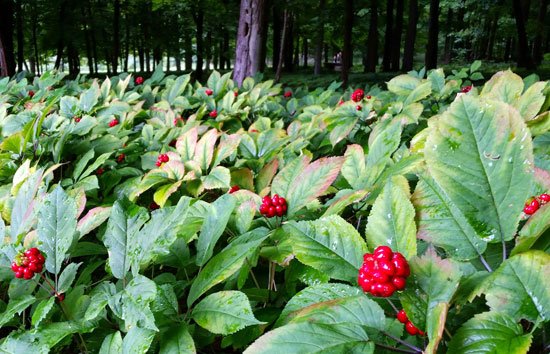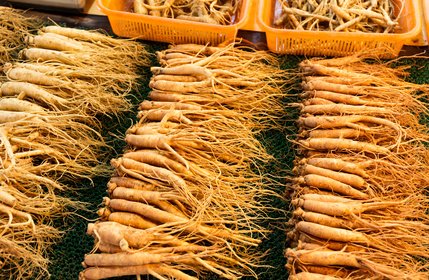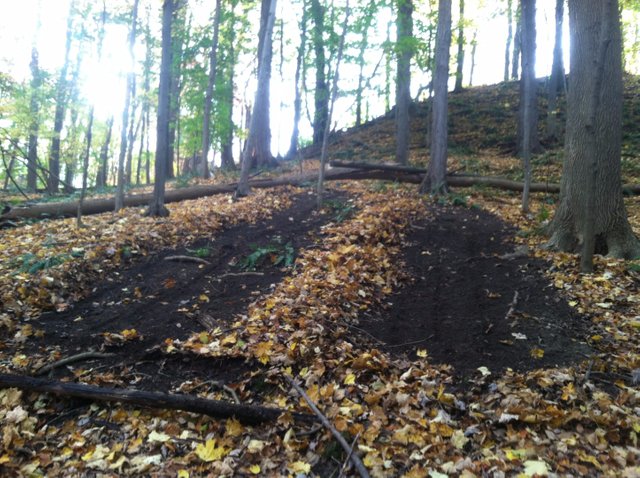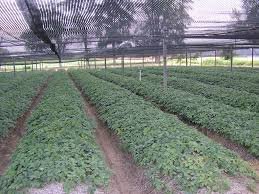Ginseng: Growing And Profiting From This Gnarly-Looking Herb

Ginseng is one of the most popular medicinal herbs in the world today. It is highly prized in Asian cultures for its ability to improve and protect heart health, suppress tumor growth in cancer patients, improve memory, stimulate the immune system, and other health benefits. The root of the ginseng plant is so popular in Asian cultures that Asian ginseng is now on the brink of extinction.
Where is Asia Now Sourcing Much of its Ginseng? North America.
Two decades ago the price of American ginseng was around $80 to $150 per pound. As Asian markets began drying up, the price per pound started to skyrocket. Today one pound of roots can go for as much $1000.
Don't go scouring the forests in hopes of finding a few thousand plants. They are very difficult to find in the wild. Did you know, though, that you can grow your own? Of course, you have to have the right setup for it. That mainly means having enough of the right kind of land. Natural forest land is what you need.

This is not a get-rich-quick idea. It takes approximately five years before the plants have enough growth on them to be legally harvested. Yes, ginseng is federally regulated to ensure the plant is not over-harvested. One half-acre crop of “Sang” can potentially generate a six-figure harvest. Many ginseng farmers have multiple plots they keep in rotation so they can harvest some of the plants every year.
How To Grow Ginseng:
As mentioned above, ginseng grows best beneath the canopy of a hardwood forest, preferably on a north-facing slope. The slope allows for soil drainage. Standing water often kills ginseng due to bacteria and mildew growth. Ginseng also does not require much light to grow. In fact, it thrives in the shaded environment of a forest canopy. If you don't own a wooded parcel of land, you could make arrangements with someone who does. You could arrange some kind of profit-sharing agreement for the use of the land.
Purchasing Seed:
There are numerous websites where you can order stratified North American Ginseng seed. For around $200 dollars you can get a pound of seed, which is about 7,000 seeds. For a half acre lot you will need around 10 pounds of seed. The seed must be stratified. Stratification is a process of treating collected seed prior to sowing to simulate natural winter conditions that a seed must endure before germination can take place. The ginseng seed actually requires two winters of stratification before it will germinate.
Sowing Your Seeds:
Seeds must always be planted in the fall, just prior to the first freeze. There are two popular methods for planting. The first approach is called “wild-simulated.” This is the approach I prefer since it is the simplest. Just remove debris such as fallen logs and rake back any dead leaves. Then simply start scattering the seeds on the ground by hand or with a seed spreader. Once all of the seeds are scattered on the ground, cover them with the leaves you previously raked to the side, or cover with straw. That's it. No tilling, hoeing, or other back-breaking work.

The second technique is called “woods-cultivated.” This method requires the removal of all debris and decaying matter on the lot. The lot is then tilled to a depth of about six inches. Fertilizer is then spread over top of the lot and it is then tilled again. Other chemicals are also added, such as copper, to prevent mildew.

Most ginseng farmers prefer the “wild-simulated” method over the “woods-cultivated” method for a couple of reasons. First, ginseng is prized for its strange human-like root structure. Some dealers will pay thousands for a single root just because it is shaped like a human body. The roots get this strange look from having to struggle to grow in the natural soil. A cultivated bed makes it too easy for ginseng roots to grow, thus eliminating its natural strange look and reducing the value of the root. Secondly, “wild-simulated” is just a lot easier to grow.
In the spring, if everything goes well, you should have a very robust plot of seedlings sprouting up everywhere. Very little upkeep is required with ginseng if planted in a low-light area with ample drainage.
You don't have to wait the full five years to begin reaping the rewards from these plants, either. Most plants begin flowering after only two years. And with flowers comes seeds. You can sell your seeds online in either stratified or unstratified form. They can also be sold to local ginseng dealers. To find a dealer just check with your state department of agriculture. All dealers must be licensed by the state in which they do business.
Really cool post. Back to nature, that's the way! UPVOTED!
Growing or gardening is not only good as a source of profit but it can also be very healing. I ivestigated the link between the two in my latest post And I'd appreciate you having a look.
http://steem.link/2t4us
Thanks kus-knee! Gardening and getting back to nature and natural healing is very important. Great post by the way! Upvoted!
Yum! haha awesome post. We would have the perfect place to grow ginseng around our property but I'm not sure how happy the council would be with that lol. Good information though I am currently taking ginseng for memory ;)
Great post! This is something that I've always been interested in trying. 5 years does take some patience though :).